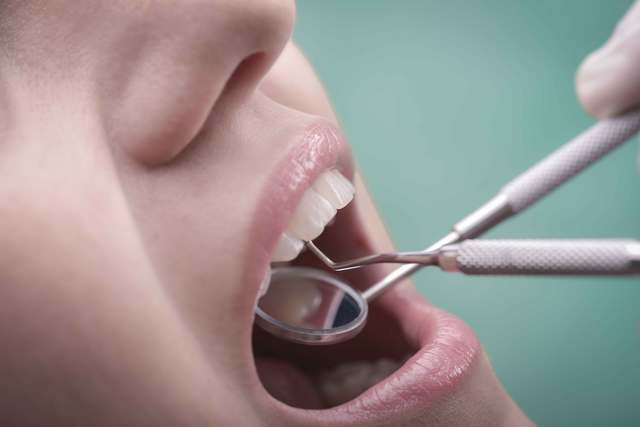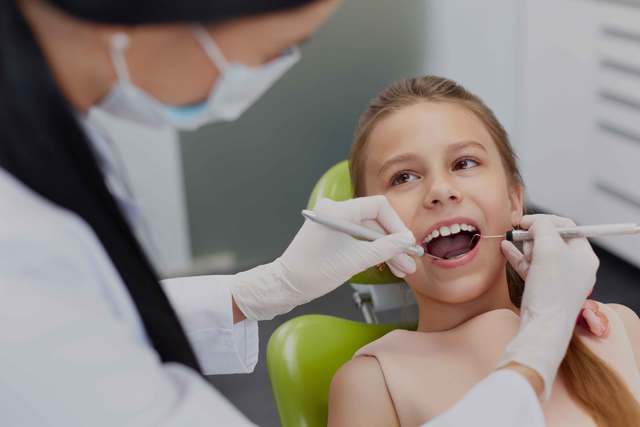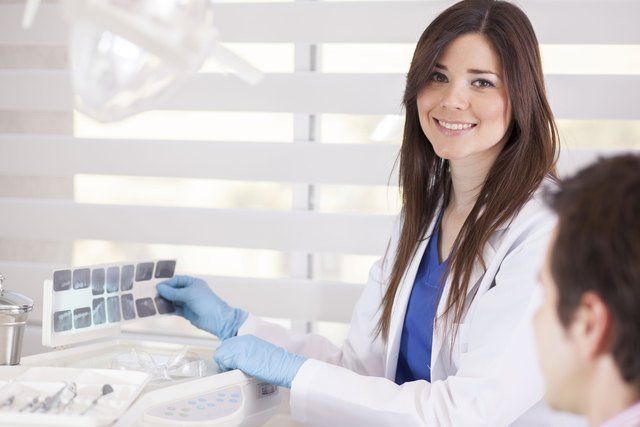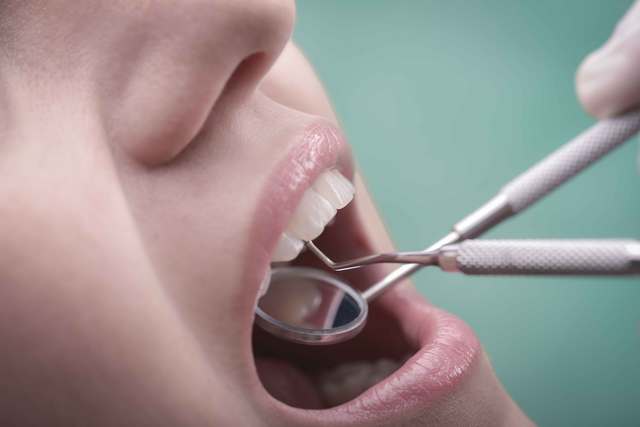01
ORTHODONTICS
Orthodontic treatment is provided by an oral health care provider.

Orthodontics is a branch of dentistry specializing in the diagnosis, prevention, and treatment of jaw, face and bite irregularities (malocclusions*). Orthodontic treatment is provided by an oral health care provider known as an orthodontist, who has completed two to three years of additional training beyond dental school. Recent years have brought about many changes within the dental industry, specifically with regards to orthodontic treatment and care. Now more than ever patients are experiencing fewer incidences of cavities and missing teeth due to the heightened awareness of fluoride use and preventative dentistry. This increasing awareness on the health and look of a patient’s smile has fuelled the desire for many to seek out orthodontia not only as a medical necessity, but for cosmetic reasons as well. Whether its traditional braces or custom made removable appliances, orthodontics can help you have the healthy, straight, beautiful smile you’ve been waiting for!
02
PROSTHODONTICS
Prosthodontics is the specialized field of dentistry.
Prosthodontics is the specialized field of dentistry concerned with diagnosing, planning and executing restorative and cosmetic treatments. Dentists who choose to specialize in prosthodontics must complete three or four more years of dedicated training following dental school. A prosthodontist is in essence an architect, who formulates a comprehensive treatment plan and informs the patient as to what is possible. Missing or defective teeth can be extremely detrimental to self-esteem and self-confidence. Using the latest technology, a prosthodontist is able to fill these gaps with functional, natural-looking teeth that boost confidence and enhance the smile.

03
RESTORATIONS
what we believe to be the most comfortable and least invasive treatment.

It’s great news that the incidence of tooth decay has significantly diminished over the years due to the use of fluorides and an increase in patient awareness. However, teeth are still susceptible to decay, infection, and breakage and sometimes need to be restored back to health. Through improved techniques and modern technology, we are now able to offer more options for restoring a tooth back to its normal shape, appearance and function. Should your teeth ever require a restorative treatment, you can rest assured knowing we will always discuss with you the available options, and recommend what we believe to be the most comfortable and least invasive treatment. Providing you with excellent care is our number one priority when creating your beautiful smile.
04
COSMETIC DENTISTRY
we are able to improve our teeth and smiles with quick, painless treatments
In the past decade there has been a dramatic interest in cosmetic dentistry. We all realize that having a healthy, bright, beautiful smile enhances our appearance and allows us to smile with confidence. Thanks to the advances in modern cosmetic dentistry, we are able to improve our teeth and smiles with quick, painless and surprisingly affordable treatments.

05
PERIODONTAL DISEASE
Four out of five people have periodontal disease and don’t know it!

The word periodontal means “around the tooth”. Periodontal disease attacks the gums and the bone that support the teeth. Plaque is a sticky film of food debris, bacteria, and saliva. If plaque is not removed, it turns into calculus (tartar). When plaque and calculus are not removed, they begin to destroy the gums and bone. Periodontal disease is characterized by red, swollen, and bleeding gums. Four out of five people have periodontal disease and don’t know it! Most people are not aware of it because the disease is usually painless in the early stages. Not only is it the number one reason for tooth loss, research suggests that there may be a link between periodontal disease and other diseases such as, stroke, bacterial pneumonia, diabetes, cardiovascular disease, and increased risk during pregnancy. Researchers are determining if inflammation and bacteria associated with periodontal disease affects these systemic diseases and conditions. Smoking also increases the risk of periodontal disease. Good oral hygiene, a balanced diet, and regular dental visits can help reduce your risk of developing periodontal disease.
06
CLEANINGS & PREVENTION
Through improved techniques and modern technology, we are now able to offer more options for restoring a tooth.
It’s great news that the incidence of tooth decay has significantly diminished over the years due to the use of fluorides and an increase in patient awareness. However, teeth are still susceptible to decay, infection, and breakage and sometimes need to be restored back to health. Through improved techniques and modern technology, we are now able to offer more options for restoring a tooth back to its normal shape, appearance and function. Should your teeth ever require a restorative treatment, you can rest assured knowing we will always discuss with you the available options, and recommend what we believe to be the most comfortable and least invasive treatment. Providing you with excellent care is our number one priority when creating your beautiful smile.



